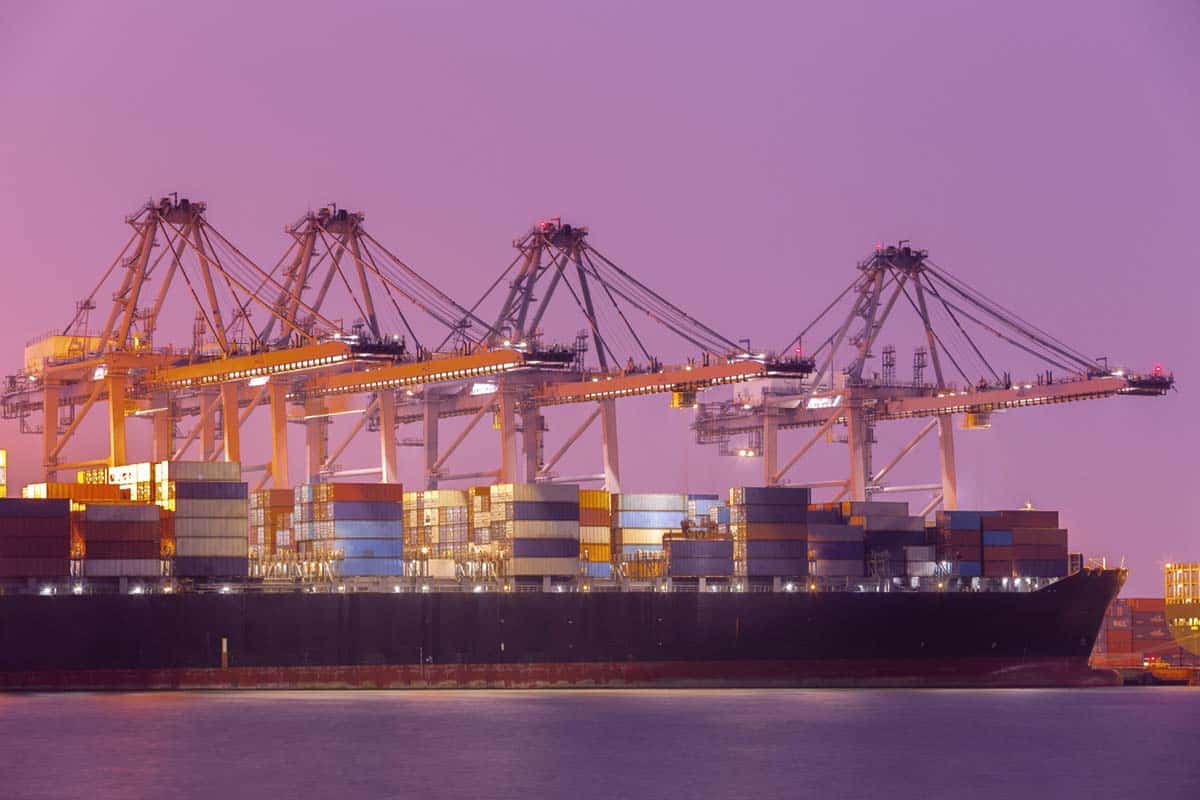
Article content:
Cargo delivery, or the transportation of goods without the necessary documents when crossing the border, has become a popular way of importing goods from China for many entrepreneurs. This method offers a number of advantages, including reduced cost and a simplified process, but also has certain risks and drawbacks that need to be considered.
Cargo delivery is the process of transporting goods without processing the necessary documents during border crossing. This is done by intermediaries who collect goods in large warehouses in China, pack them in containers, process the necessary documents, and arrange the shipment. The arrived cargo is delivered to the customer without additional formalities.

Many companies choose this method of cargo transportation due to its relative simplicity and cost-effectiveness; however, it also comes with certain risks.
Advantages:
Disadvantages:
Cargo delivery from China to Ukraine can be carried out by sea or air. Sea freight delivery is most commonly used as it is the most cost-effective. In cases where urgent delivery is needed, air delivery is used, but it is more expensive.
The cargo delivery service usually includes:
Due to accumulated experience and modern logistics solutions, DiFFreight strives to provide its clients with reliable and efficient cargo delivery with minimal risks and costs.
The simplified method of transportation can be risky since a full set of documents does not accompany the cargo. The main problems arise at customs: delays and thorough inspections, which extend delivery time, as well as fines and cargo seizures.
In case of loss or damage, there is a risk of not receiving full compensation, as the value of expensive goods is often understated to save money. Operational risks also exist, including poor tracking, missed deadlines, improper packaging, and issues during the loading process.
Cargo restrictions include:
Cargo delivery is an efficient method of transporting goods that finds wide application in various business sectors. It is especially beneficial for entrepreneurs and companies that require international delivery of goods but lack sufficient experience in this field. Cargo delivery provides simplicity and convenience in organizing freight transportation, minimizing complications related to documentation and border crossing.
This type of delivery is also ideal for online stores, wholesale traders, distributors, and manufacturing companies that require regular supply of goods. Thanks to cargo delivery, they can provide their customers with quality products from different regions of the world while maintaining competitive prices and effective management of logistics processes.
However, it is worth noting that cargo delivery may be less advantageous for transporting oversized or high-value goods due to the risks associated with transportation and the need for additional insurance. In such cases, companies may turn to alternative delivery methods that better suit their specific needs and requirements.
Let’s summarize the main differences between cargo and other delivery types in a table:
| Criterion | Cargo | Sea Freight | Air Freight |
|---|---|---|---|
| Documentation | Incomplete, without a declaration and certificates | Full set of documents | Full set of documents |
| Risks | High — from delays and fines to confiscation | Medium: theft, damage, falling overboard may occur | Minimal |
| Speed | High but unpredictable. Risk of delays | Low, but usually on time | High, with minimal risk of delays |
| Cost | Low, no need to pay customs duties and fees | Low for large volumes | High, suitable for urgent, valuable, and fragile goods |
| Tracking | Minimal or absent | Rarely updated, but the main stages can be tracked | High accuracy of tracking |
| Cargo safety | Low | Medium | High |
The high speed of cargo shipping is often due to the simplified documentation process, but it comes with risks. Therefore, it is important to choose the optimal delivery method depending on the type of goods, budget, and business activity.
The cargo delivery process includes the following stages:
Check company reputation — customer feedback, experience, and presence in your country. Reliable Cargo services offer contracts, shipment tracking, and transparent communication.
They usually use “consolidated shipment” schemes — multiple clients’ goods are declared under one customs code. This speeds up import but may mean you don’t get individual import documents.
Not recommended. Such products risk being seized by customs due to intellectual property violations. Cargo is best for OEM or non-branded items.
Based on weight, volume, product category, and route. Many companies charge per kilogram or cubic meter, with optional insurance for fragile or high-value goods.